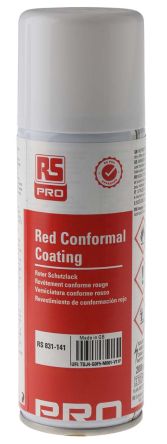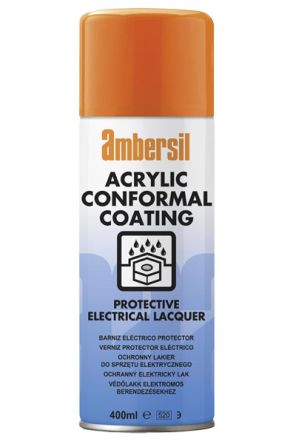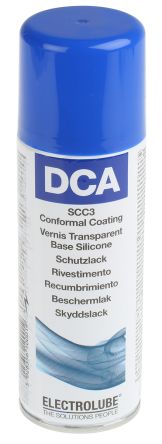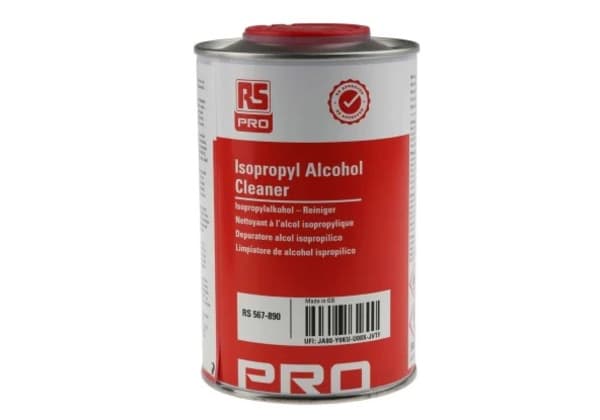- Published 22 Oct 2025
- Last Modified 22 Oct 2025
- 8 min
Conformal Coating Electronics: Protecting Against Harsh Environments
Is electronics reliability an issue in harsh operating conditions your devices face? Learn how conformal coatings protect electronics from moisture, chemicals, and extreme temperatures.

If your electronics are performing poorly or failing in extreme heat, moisture, vibrations, or chemical vapours, you may need to reassess their coating. With conformal coating, a thin polymer layer guards circuit boards and other electronics against these hazards so they can keep operating in harsh environments. Read on to learn about the benefits that different conformal coating electronics products offer.
Are Your Electronics Failing in Harsh Environments? Common Causes
When electronics stop working in harsh conditions, this can be due to several causes:
- Temperature: High temperatures draw excessive current, stressing materials and eventually melting or burning them. Great temperature shifts can also cause condensation, leading to moisture issues
- Moisture: Submersion or high humidity leads to reduced performance and short circuits since water conducts electricity so well. Moisture also causes corrosion
- Chemicals: Exposure to solvents and other harsh chemicals can corrode, oxidise, and dissolve electronic components, meaning less metal available to carry electricity, and these deposits sapping current and shorting circuits
- Vibrations: Prolonged vibration exposure makes solder joints and electrical connectors deform, come loose, and wear from fatigue. Any loss of contact between conductors means performance loss, malfunctions, and failure
- Sweat: The rise of wearable fitness technology means many electronics are now up against the damaging saltiness of human sweat
Once you understand what adverse conditions your electronics face, you can select a conformal coating to make them better withstand these environments.
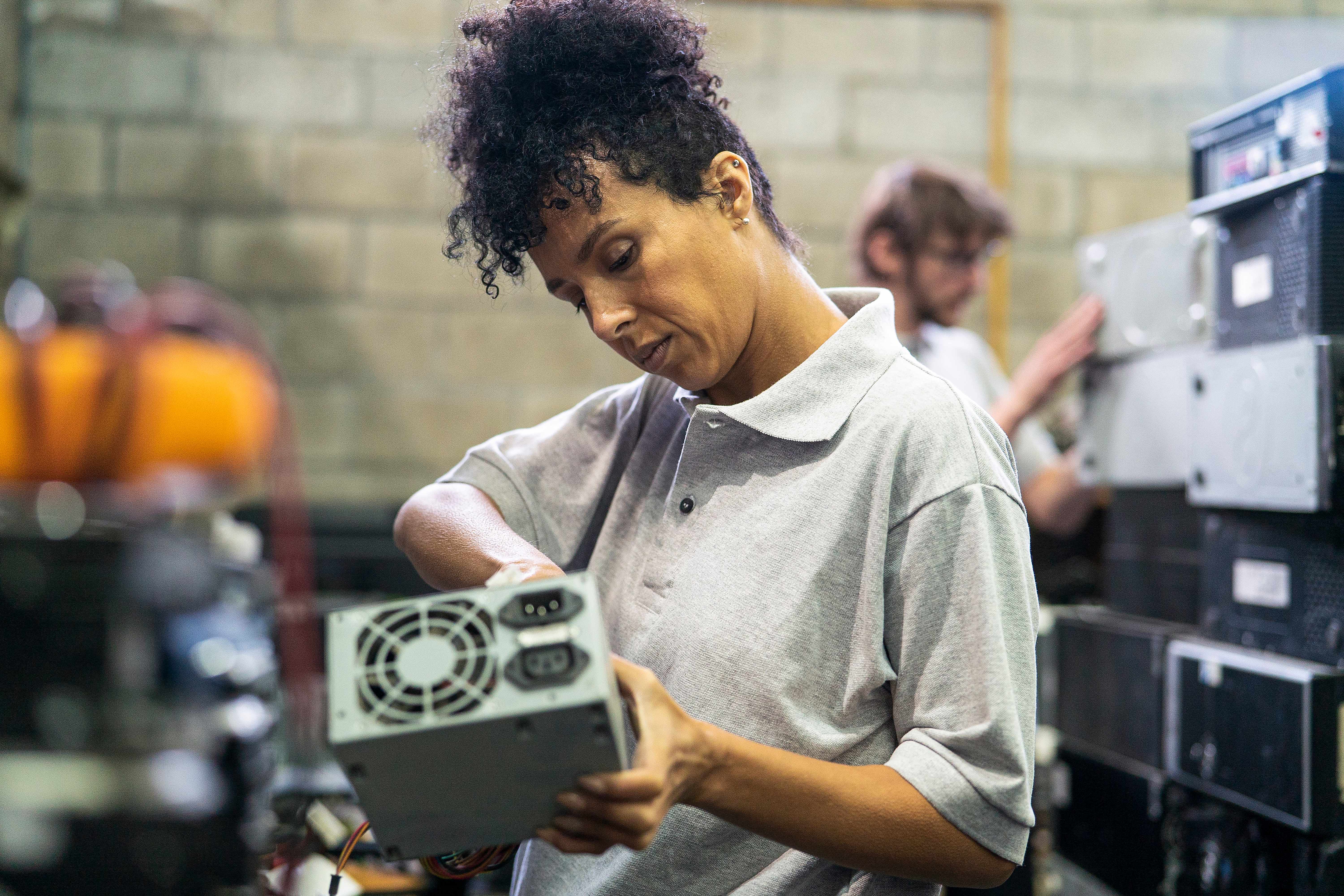
The Solution: How Conformal Coatings Protect Your Devices
Conformal coatings give a thin, uniform, polymer-based outer layer to printed circuit boards (PCBs) and other electronic devices. They provide a barrier against the various damaging hazards electronics face without inhibiting electronic functions. With their breathability, they let heat dissipate while preventing moisture from forming.
These PCB protection coatings are a straightforward solution for coating the numerous, tiny, delicate, tightly packed PCB components after the PCB is built. They ‘conform’ to the complete shape and profile of the device, protecting everything they adhere to. They’re also lightweight and can be tailored to protect devices in all kinds of hazardous environments.
Conformal coating electronics keeps them running properly, efficiently, and safely. This lets you avoid safety incidents, costly downtime, and premature replacements.
Choosing the Right Protection: Types of Conformal Coatings for Specific Problems
Conformal coatings are versatile in the many hazards they can block, but a given coating won’t protect against all possible hazards. Here are the main types of conformal coatings and the hazards they’re meant to withstand:
Acrylic Coatings: Balancing Protection & Rework
Acrylic-based conformal coatings are an effective, versatile, and economic choice for electronics in less extreme operating conditions. They protect against moisture and abrasion well and have a high dielectric strength, meaning they can handle high electrical loads without breaking down. Acrylic conformal coatings are easy to apply, whether by brushing, spraying, or submerging. They’re also advantageous in that they can easily be removed using solvent cleaners, allowing simple rework and repair of PCBs. This also means that they aren’t suited for protecting against the chemical hazards of solvents or fuel vapours, though.
Choose acrylic coatings for electronics built in low volumes, facing less extreme hazards, or requiring regular expedient maintenance. They’re also a good choice for prototype work.
Silicone Coatings: Flexibility for Temperature Extremes
Silicone conformal coatings are the best choice if your electronics need protection in high temperatures, even up to 200°C. Since they’re a rubbery material, they remain flexible after application, making them well-suited for vibration protection—but not abrasion protection. Chemicals, corrosive vapours, moisture, and saltwater all bounce right off silicone conformal coatings. However, their low thermal resistance means they aren’t great at dissipating heat the electronics build.
However, these coatings are a good choice for humid environments and electronics facing the outdoor elements; choose them for automotive applications, drones, wearable fitness technology, and LEDs. It’s worth considering, though, that devices will need additional ingress protection to be considered fully waterproof.
Additionally, these coatings can be difficult to remove. That takes stronger solvents and more soaking and scrubbing, which in turn exposes the electronics underneath to chemical and abrasion hazards.
Urethane Coatings: Chemical Resistance Solutions
Urethane or polyurethane conformal coatings offer great resistance against chemical, moisture, and abrasion hazards. They’re tough, sturdy, and have a higher dielectric strength than acrylic or silicone conformal coatings, letting them hold up well with high-performance electronics.
Applying urethane coatings is an elaborate process. They need to be carefully cured for long periods using an oven or UV light. That makes them better for mass-produced electronics than prototype builds. They’re a good choice for aerospace or medical applications, given their high robustness and reliability, and for any electronics that need strong corrosion protection.
Their increased chemical resistance makes them very difficult to remove. Even more so than with silicone conformal coatings, this removal takes aggressive chemicals and agitation and can damage the electronics.
Parylene Coatings: Ultra-Thin Barrier Protection
Parylene conformal coatings are a highly specialised category. They can only be applied through vapour deposition, which requires high production volumes to justify the high cost of that specialised application technology. Although it requires no curing time, it results in a very thin, but still effective, coating layer.
These coatings’ protective advantages include a high dielectric strength and great resistance against moisture, chemicals, and abrasion. They have a low thermal expansion, meaning that they won’t deform due to large temperature shifts.
Parylene coating is another type that’s difficult to remove. It requires abrasion techniques like microblasting, and any removal requires reapplying the coating afterwards, thus requiring access to vapour deposition technology if you need to do removal.
Browse some of our top conformal coating products:
Applying Coatings Effectively: Best Practices for Durable Protection
Although spraying or submerging something is easy, there are still some best practices to follow to ensure your PCB protection coating does what it needs to:
- Clean the PCB with a suitable cleaning product, such as isopropyl alcohol, and allow it to fully dry
- Read the coating’s details to ensure it’s suited for your device and to learn its application steps
- Apply masking (similar to painter’s tape) to any parts of your electronics that aren’t suited for conformal coating. Do this carefully to ensure the masking doesn’t block areas that do need coating
- Apply the coating thinly and evenly. Excessive coating thickness prevents heat dissipation, adds weight, and makes it tougher to remove later
- For silicone conformal coating, avoid entrapping moisture as you apply it since this risks corrosion and can erode the coating
- Cure the coating thoroughly using heat or UV light, as required for your specific coating. Curing time can range from seconds to days. Some conformal coatings cure by drying on their own, reacting with ambient moisture to cure
- If the coating requires multiple coats, provide adequate curing between coats
- Measure the coating thickness afterwards to validate your coating process. Use measurement tools like a micrometer, eddy current probe, or an ultrasonic thickness gauge to ensure you’ve achieved an adequate coating for your application
When Protection Fails: Removing & Reworking Coated Boards
Removing conformal coatings is often no small task. Acrylic coatings can be removed easily with solvents, but other types require stronger methods. You’ll need to remove (and later reapply) conformal coatings if they wear out or the electronic parts themselves need repair or replacement. Let’s look at some methods for this:
- Solvents: Apply a cleaning solvent by brushing or submersion. This easily removes acrylic coatings, but silicone and urethane ones need longer immersion and some scrubbing. Solvents aren’t a good choice for parylene coatings
- Peeling: Some silicone conformal coatings allow easy removal by peeling them right off the PCB
- Burning: If you need to rework solder on the PCB, you can simply burn right through some coatings as part of the soldering work itself. Always reapply the coating afterwards, though first determine all the areas you removed the coating from
- Microblasting: Strong conformal coatings like parylene ones require strong removal techniques, such as using compressed air to blast an extremely fine sand-like material with nearly laser beam focus. This removes material with micron-level precision
- Grinding: As an extreme removal method of last resort, parylene and some polyurethane coatings can require abrasive manual scraping. Avoid this since it may seriously damage the components beneath
If you select the right conformal coating for your application and apply it properly, you’ll likely get many reliable operating hours out of your electronics without needing to worry about coating rework. Browse our conformal coating electronics products today to get your devices ready to face the world!

